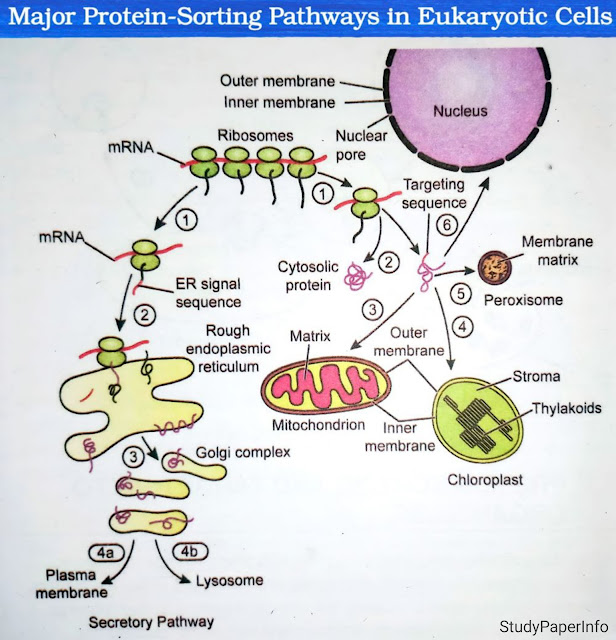Explain the steps involved in retrograde transport
Retrograde transport is a process by which proteins and membranes are moved backward i.e., from later compartments to earlier ones within the endomembrane system. This transport mechanism plays an essential role in maintaining organelle identity, recycling transport machinery and retrieving specific proteins that need to return to their origin for reuse. It is important to understand from the beginning that retrograde transport is not limited to the retrieval of proteins from the Golgi apparatus back to the endoplasmic reticulum (ER). It also operates actively between endosomes and the Golgi, especially in the recycling of mannose-6-phosphate receptors (M6PRs). These receptors, after delivering lysosomal enzymes to endosomes, must return to the trans-Golgi network (TGN) to participate in another round of sorting. This ensures a continuous and efficient targeting of lysosomal enzymes. Retrograde transport is a multi-step process, usually involving four main steps, which toget...








.jpg)
